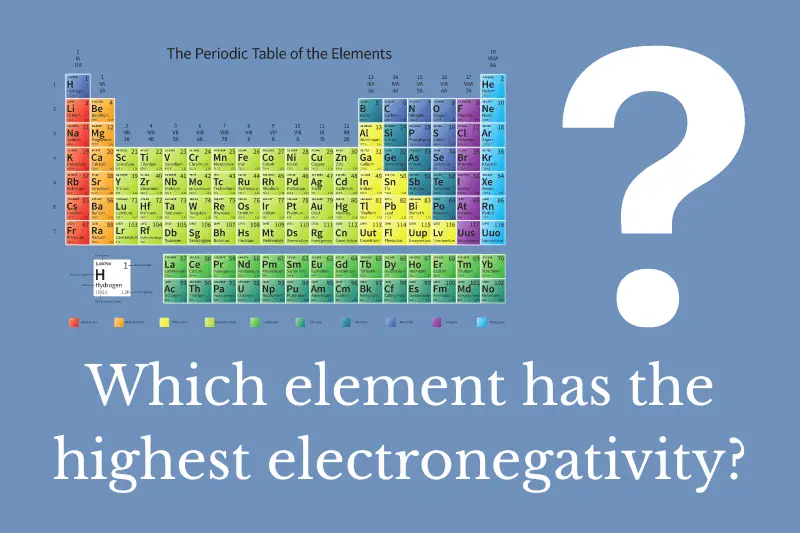Fluorine (F) has the highest electronegativity of any element. Electronegativity is a measure of an element’s ability to attract electrons towards itself in a chemical bond. Fluorine has the highest electronegativity value of 4.0 on the Pauling scale, which is a commonly used scale to measure electronegativity.
Which element has the highest electronegativity?
Fluorine, with an electronegativity value of 4.0 on the Pauling scale, is the element that has the highest electronegativity.
The high electronegativity of fluorine is due to its small atomic radius, which means that its positively charged nucleus can more strongly attract negatively charged electrons towards itself. Fluorine is a highly reactive element and forms strong chemical bonds with many other elements, particularly with elements that have a lower electronegativity, such as sodium and magnesium.
The high electronegativity of fluorine has important implications in many areas of chemistry, including organic chemistry, where fluorine is often used as a substituent to modify the properties of organic molecules, and in materials science, where fluorine-containing materials are used for their unique properties, such as their water and stain resistance.


